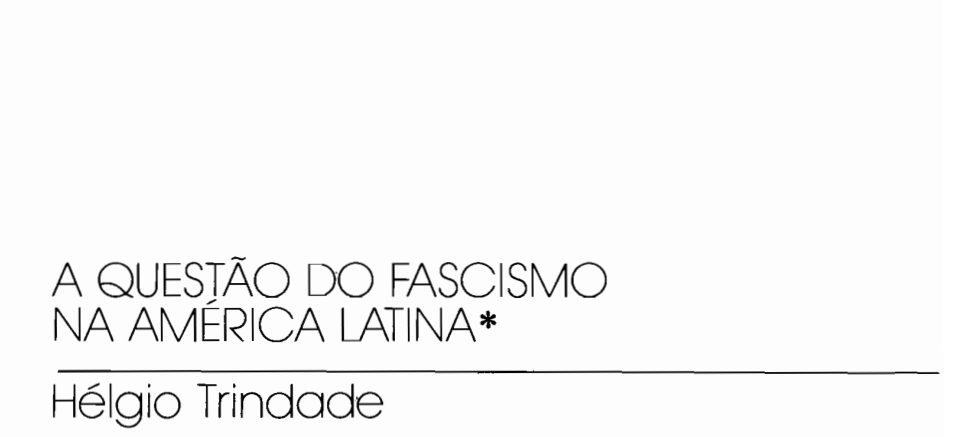Dados is one of the most widely-read social sciences journals in Latin America. Created in 1966, it publishes innovative works, originating from academic research, by Brazilian and foreign authors. Edited by IESP-UERJ, it aims to reconcile scientific rigor and academic excellence with an emphasis on public debate based on the analysis of substantive issues of society and politics.

Dados vol. 61 n. 3 Rio de Janeiro jul./set. 2018

Abstract
ABSTRACT This article has two goals. First, clusters of restrictions on religious freedom (or religious restraint) are defined and characterized worldwide, based on religious, cultural, political, economic, social and demographic factors. Second, three explanatory models of religious restraint are developed, based on these factors. The analysis is based on the Pew Research Center, both in terms of government restrictions and social hostilities, and in its four groups (low, moderate, high and very high). The main explanatory factor of religious restraint is the percentage of unorthodox Christians, the most important in all three models, plus the population size, freedom, religious fractionation and Muslim minority, whose importance varies by model.
Keywords: religious restraint, world, clusters, factors
Restriction on Religious Freedom in the World: Characterization of Clusters and Definition of Explanatory Models